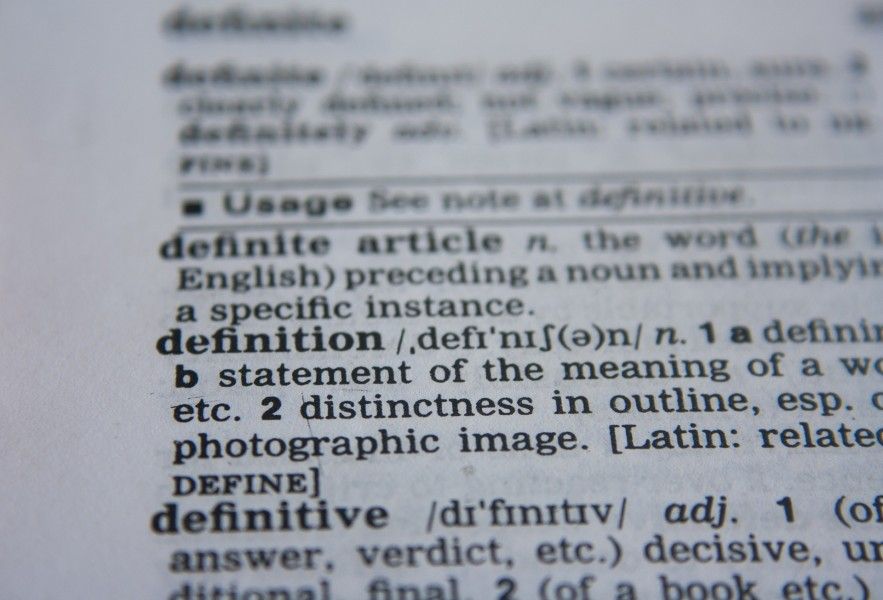As others have observed, it’s an extremely broad, multi-faceted and holistic concept. Some elements of it - some experiences - can be managed and orchestrated, while others cannot. Think about the overall experience associated with joining an organisation. The onboarding experience is often intentionally designed, however we also have to take into account how it feels on your very first day at work. For example, you might be made to feel welcomed and included or, alternatively, your new team might all head off together for lunch, leaving you on your own. Both are valid experiences, but they leave a very different impression.
Experiences have always existed and, similarly, employee experiences have existed since the birth of employment - there’s nothing remotely new here.
The professional practice of EX, on the other hand, is new - according to some its use dates back no more than a decade.
From our perspective EX is:
"the intentional design and facilitation of the entire employee-employer relationship to enable the employee to thrive and perform at their best. This then unlocks engagement and drives organisational success. The professional practice of EX involves thinking about, influencing and shaping every interaction, from the moment an employee first thinks about joining an organisation, until long after they have left. It’s every aspect of that relationship, from what and how they are paid and how their first day at work felt, to the conversations they have with their manager and how it feels to be part of a team, to what it feels like to leave."

